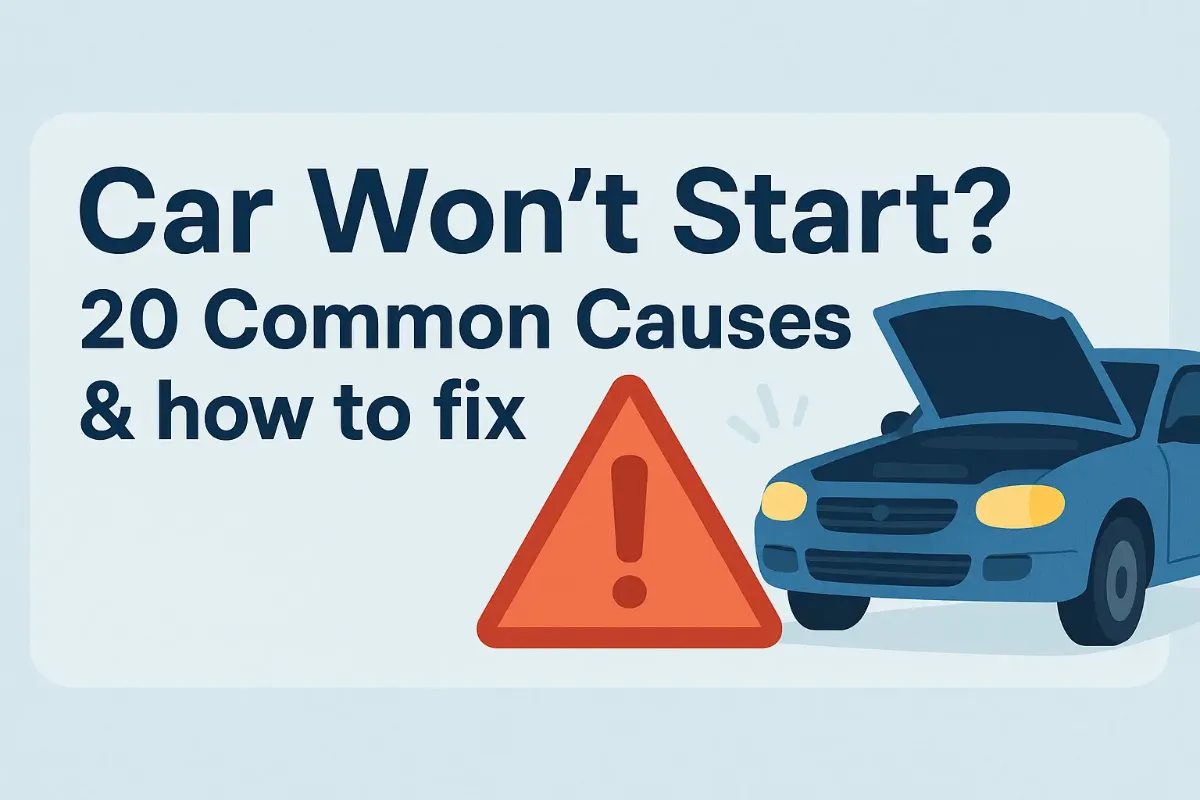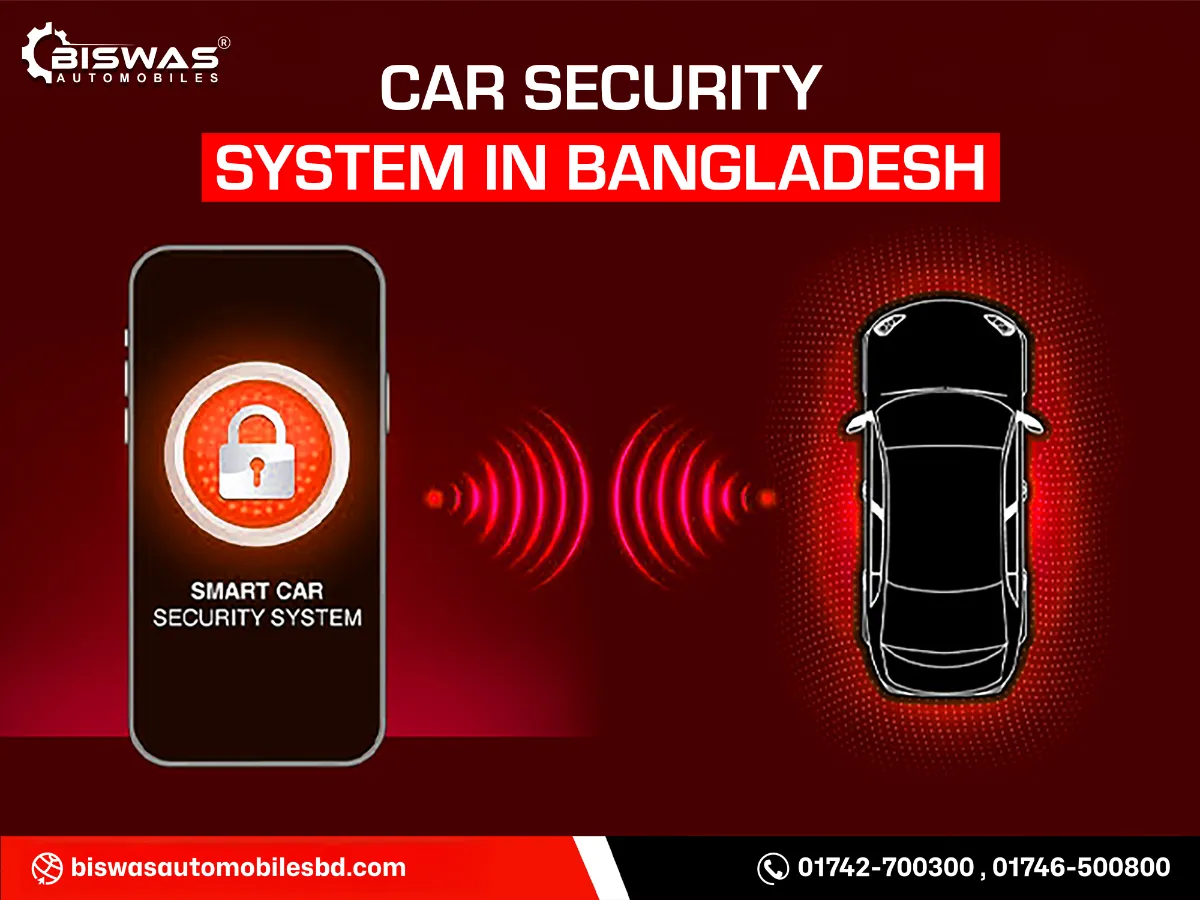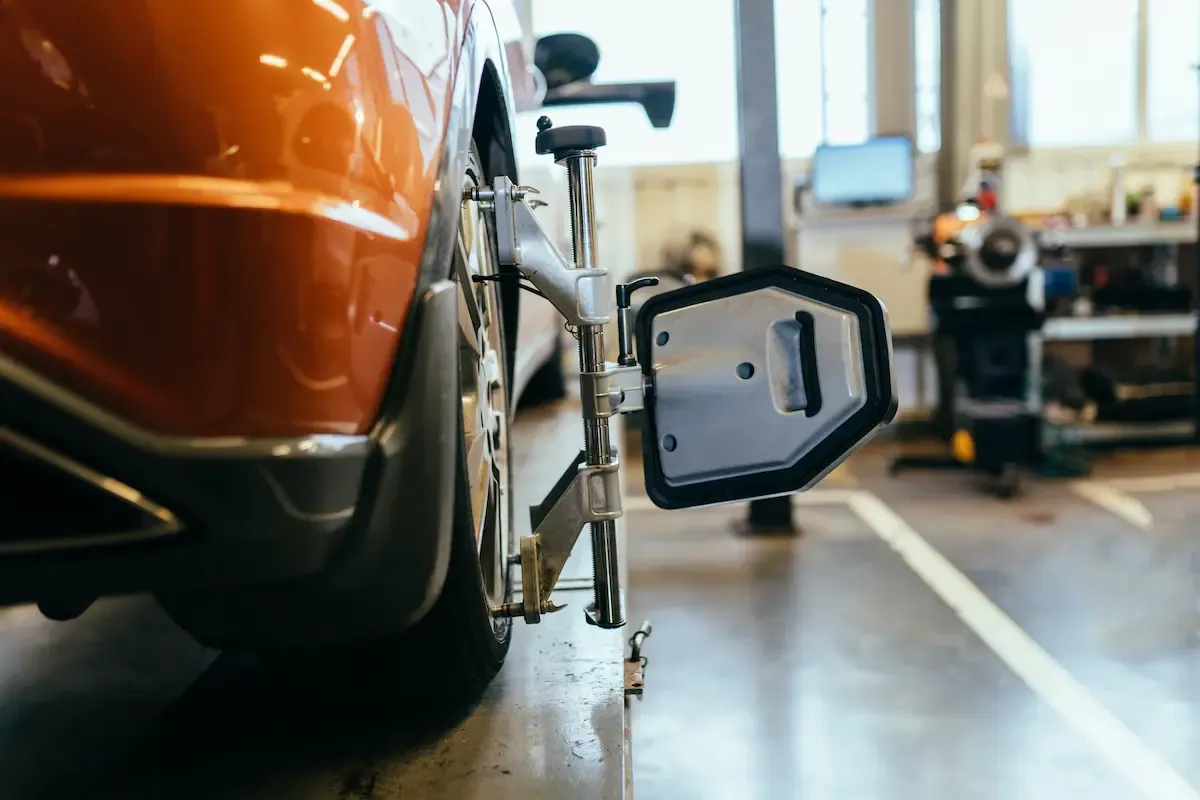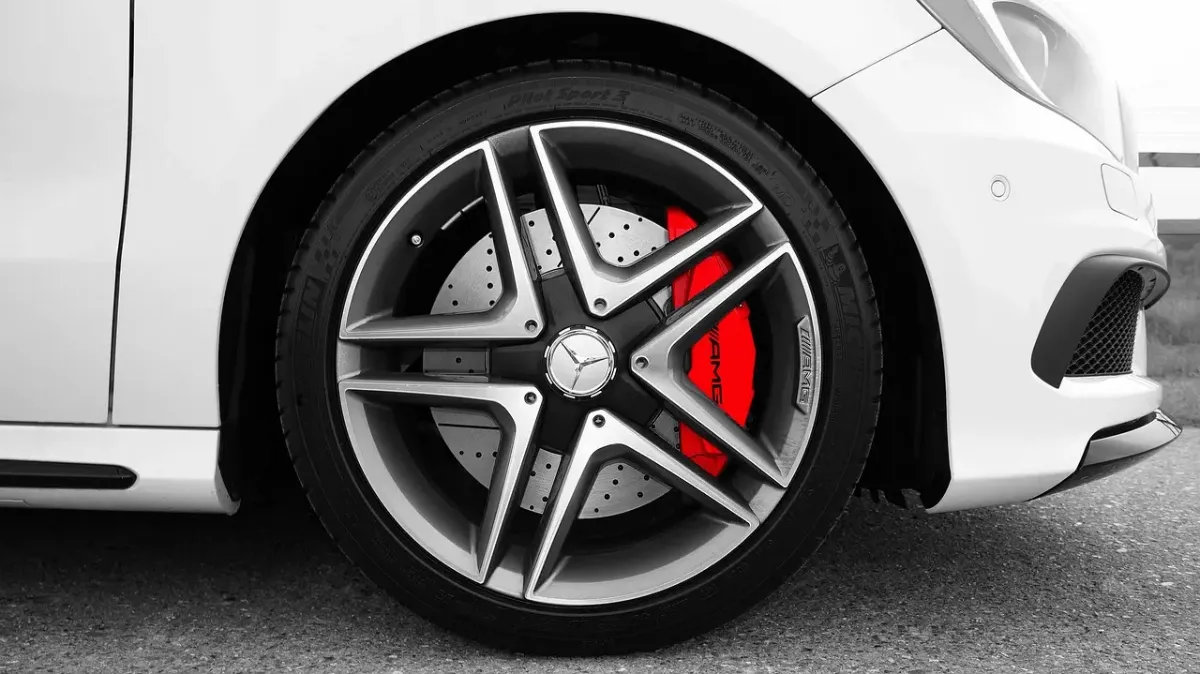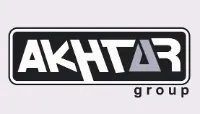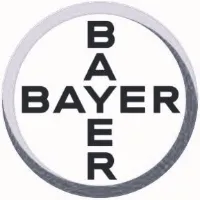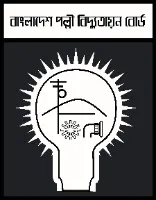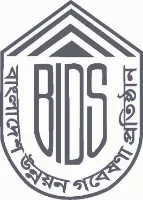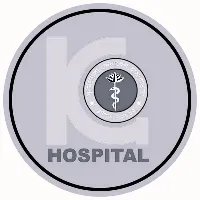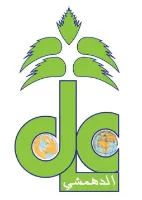`
21 Dashboard Warning Lights Explained: What They Mean and How to Fix Them
You’re driving peacefully when suddenly, a light pops up on your dashboard. Maybe it’s red, maybe it’s yellow—but you’re not sure what it means. Should you pull over? Is it safe to keep going? This confusion is common, and many drivers take the risk of ignoring the warning.
But these car dashboard warning lights aren’t random. Each one is a message from your vehicle’s system. Some lights are minor alerts, like low washer fluid, while others, such as the check engine light, can signal serious issues that need immediate attention. Knowing the dashboard warning lights meaning helps you make smart, safe decisions.
In this post, I’ll go over 21 common dashboard lights, what they mean, how to fix them, and when to get help. If you're unsure, you can always rely on Biswas Automobiles for a proper inspection.
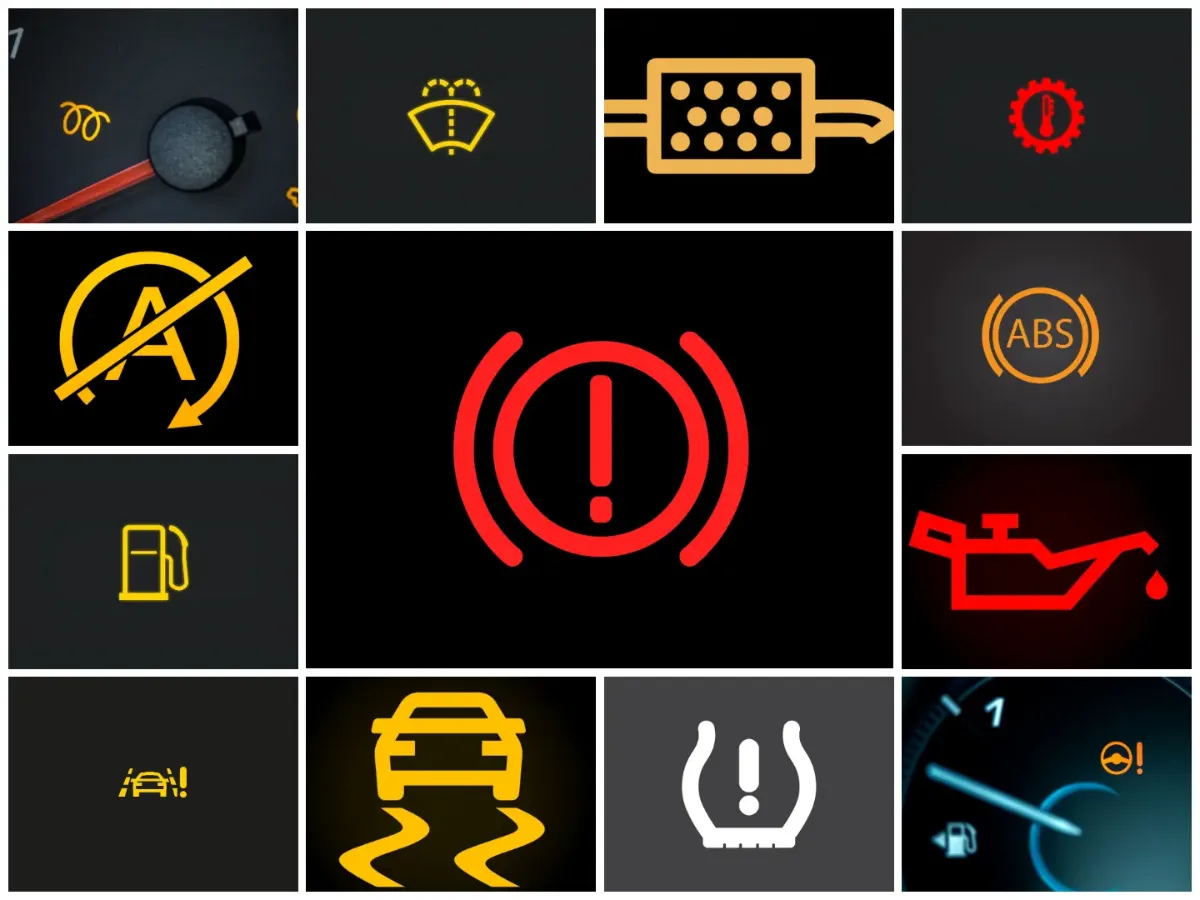
21 Dashboard Warning Lights & How to Fix Them
Here’s a list of the most common car warning lights you’ll see on your instrument panel. Each light tells you something specific, from low fuel to serious engine problems. I’ll explain the dashboard lights meaning, causes, whether you can keep driving, and how to fix them.
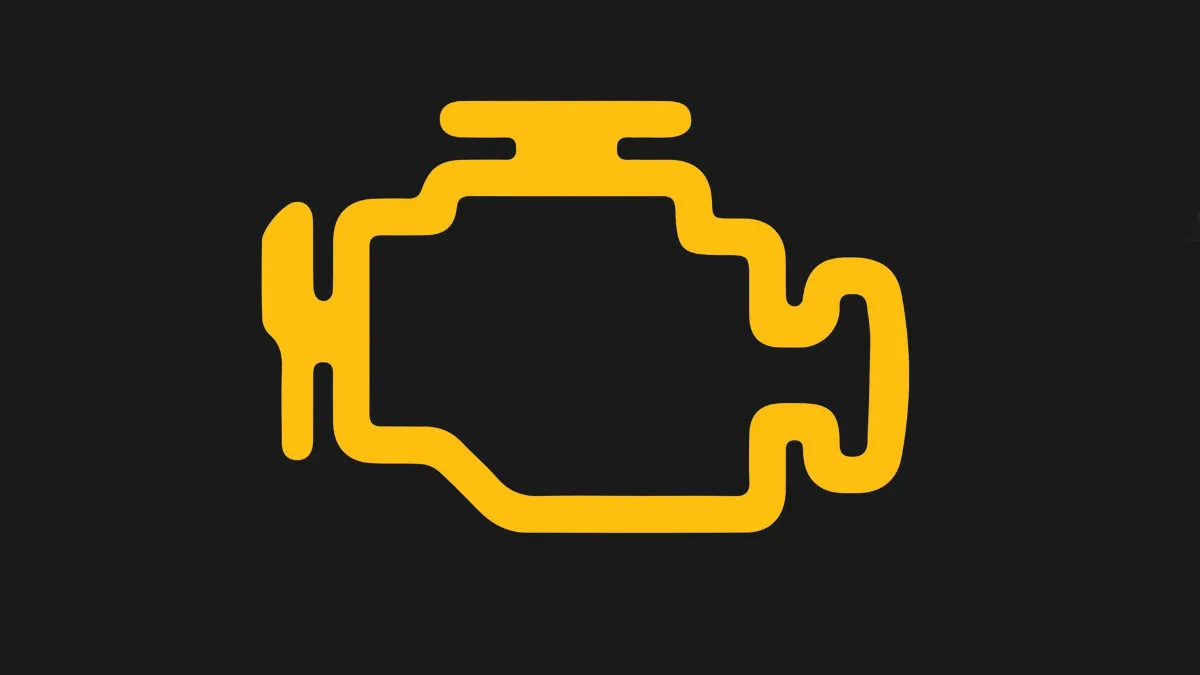
Check Engine Light
The check engine light is one of the most important and widely misunderstood car warning lights. It usually appears as a small engine icon and can turn on for many reasons, including engine misfires, faulty oxygen sensors, loose gas caps, or emissions issues. If the light is steady, your car may still be safe to drive for a short time. But if it flashes, pull over immediately—it could damage the engine.
What to do:
Use an OBD2 scanner to read the error code. Common fixes include replacing spark plugs, ignition coils, sensors, or tightening the gas cap.
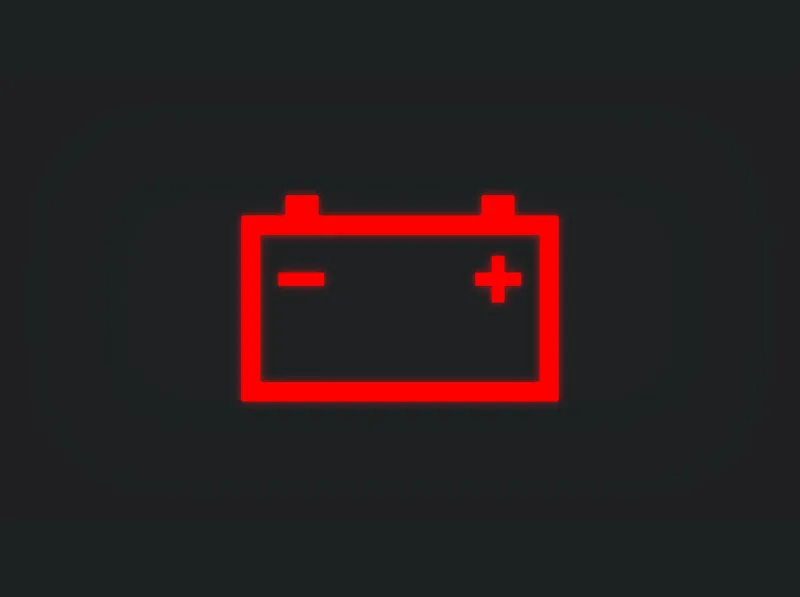
Battery Warning Light
The battery warning light looks like a battery icon and usually shows up in red. It means your car’s charging system isn’t working properly. While the battery itself may be the problem, it could also be a failing alternator or a broken connection.
If this light comes on while driving, your vehicle is running on battery power alone. You might lose power steering, headlights, or engine performance if the battery drains fully. Don’t ignore it.
What to do:
Inspect the battery terminals for corrosion. Test the alternator and battery with a multimeter. Replace any faulty parts immediately.
</li>

Engine Temperature Warning Light
The engine temperature warning light looks like a thermometer dipping into water. It means your engine is getting too hot, which can lead to serious damage if not handled quickly. This is one of the most urgent dashboard warning indicators you’ll see.
Overheating can happen due to low coolant, a faulty radiator, a broken thermostat, or a failing water pump. You may also notice steam from the hood or a rising temperature gauge.
What to do:
Pull over safely. Let the engine cool. Check the coolant level, radiator cap, and water pump. Do not open the coolant cap when hot.
</li>
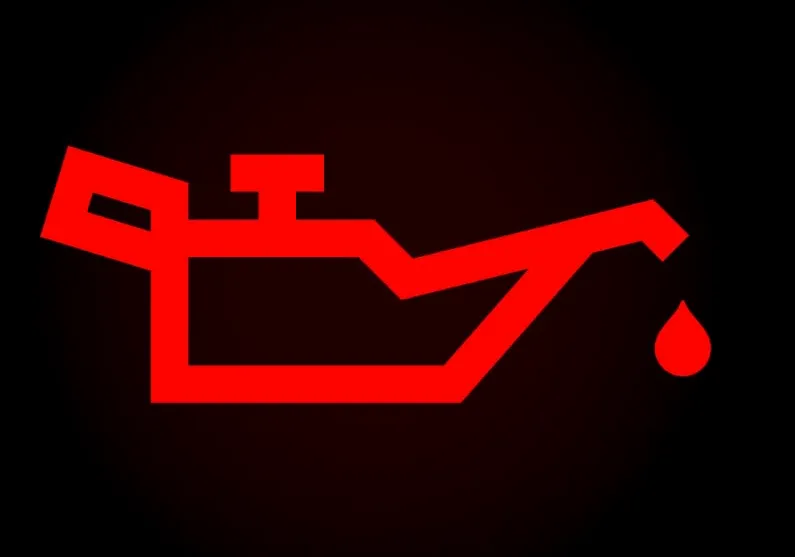
Oil Pressure Warning Light
The oil pressure warning light looks like an old-fashioned oil can and usually glows red. It signals a drop in oil pressure, which means your engine isn’t getting the lubrication it needs. Driving with low oil pressure can quickly cause major engine damage.
This light may appear if your oil level is too low, the oil pump is failing, or the oil filter is clogged. You might also hear knocking sounds from the engine.
What to do:
Stop the car immediately. Check the oil level and top it off if needed. If the light stays on, have the oil pump and filter inspected.
</li>

Brake System Warning Light
The brake system warning light usually appears as an exclamation mark in a circle or the word “BRAKE.” It can mean the parking brake is engaged, brake fluid is low, or there’s a serious issue with your braking system.
If this light stays on after releasing the parking brake, it’s time to investigate further. Worn brake pads, a leak in the brake line, or a failing master cylinder could be the cause.
What to do:
First, check that the parking brake is fully released. Then, inspect and top up the brake fluid. If the light persists, have your brakes inspected immediately.
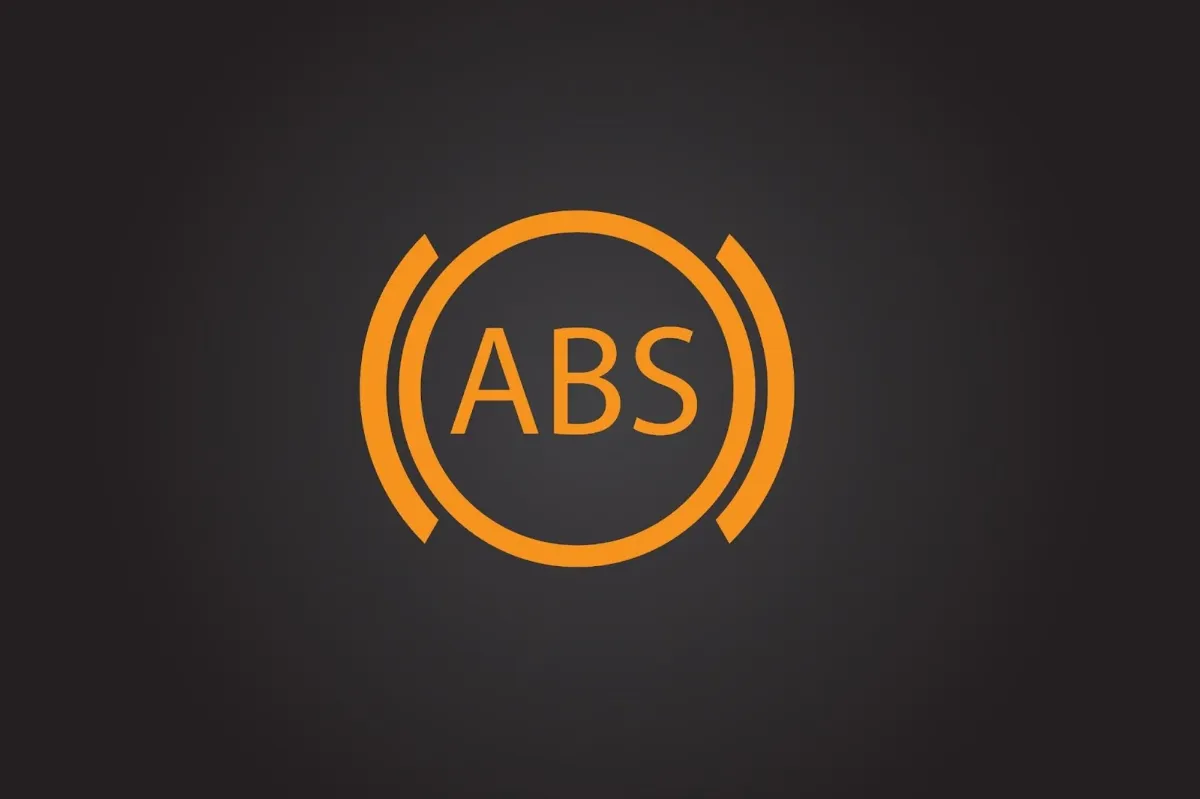
ABS Warning Light
The ABS warning light appears as the letters “ABS” in a circle. It tells you there’s a problem with your car’s anti-lock braking system. While your main brakes may still work, the ABS feature that prevents skidding during hard stops is disabled.
This can happen due to a faulty ABS sensor, damaged wiring, or issues with the ABS control module. You might not notice any difference in normal driving, but braking on wet or slippery roads becomes more dangerous.
What to do:
Check the ABS sensors near each wheel. If damaged or dirty, clean or replace them. If unsure, get a full ABS scan at a service center.

Airbag Warning Light
The airbag warning light, often shown as a person with a circle (airbag) in front of them, means something’s wrong with your vehicle’s airbag system. When this light stays on, one or more airbags may not deploy during a crash, posing a serious safety risk.
This could be caused by a faulty seat sensor, damaged wiring, or a blown SRS fuse. Sometimes, the issue starts after a collision or electrical fault.
What to do:
Avoid ignoring this light. Use a diagnostic scanner to check the SRS system. Inspect seat belt sensors and fuses. Visit a certified technician for repair.
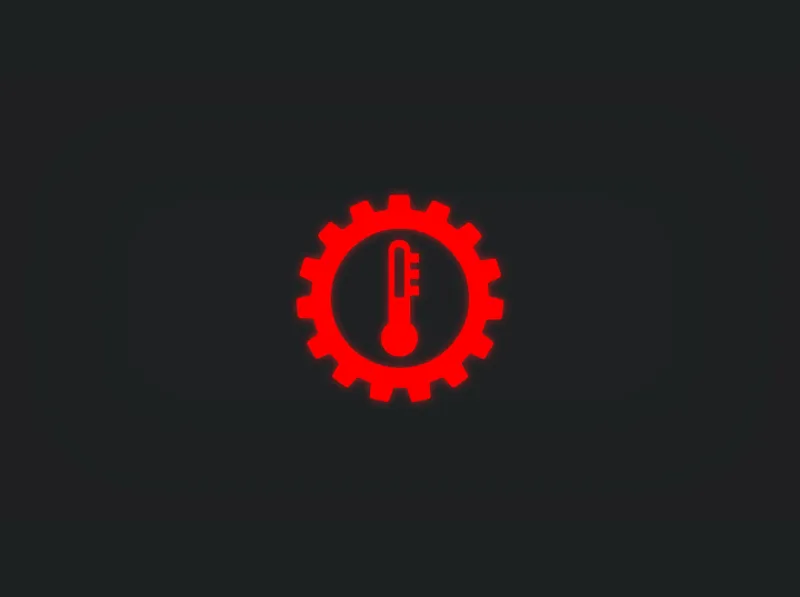
Transmission Temperature Light
The transmission temperature light usually appears as a thermometer inside a gear or as a red warning. It means your transmission fluid is too hot, which can damage internal parts and affect shifting.
Overheating happens from heavy towing, low transmission fluid, or blocked transmission coolers. You might notice rough shifting or delayed gear engagement.
What to do:
Pull over and let the engine cool. Check the transmission fluid level and condition. If the issue continues, have the cooling system, filters, and driving habits reviewed by a specialist.
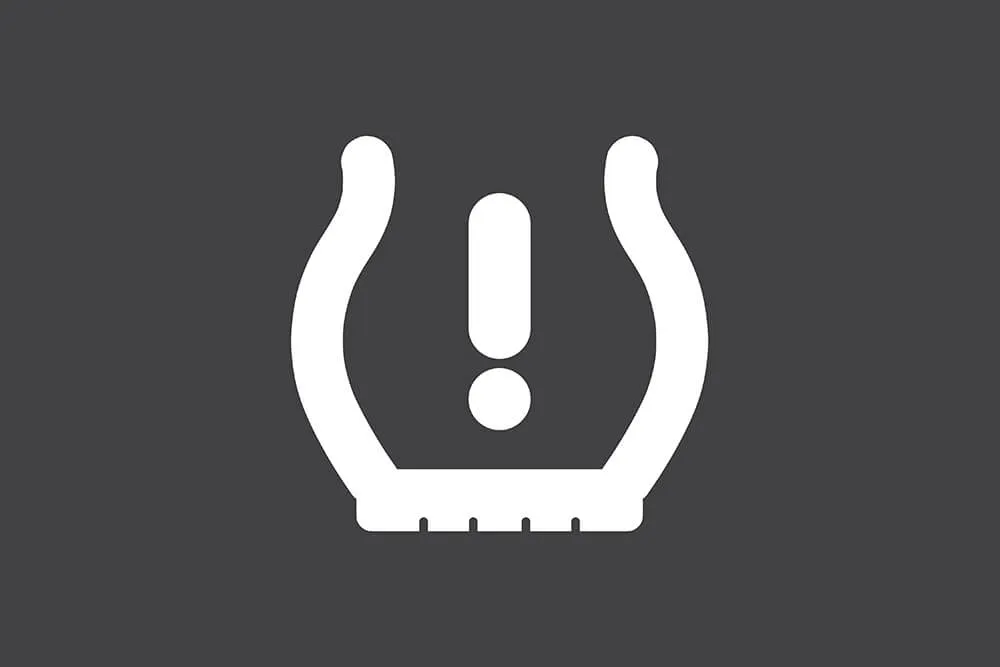
Tire Pressure Warning Light (TPMS)
The tire pressure warning light looks like a horseshoe with an exclamation point. It’s triggered when one or more tires drop below the recommended pressure or when the TPMS sensor malfunctions. Driving with low tire pressure can lead to poor handling, reduced fuel economy, or even a blowout.
Temperature changes, a slow leak, or punctures can all cause this light to appear. Faulty or dead sensors may also be to blame.
What to do:
Use a tire gauge to check all tires, including the spare. Inflate to the proper PSI. If the light stays on, reset the TPMS or replace the faulty sensor.
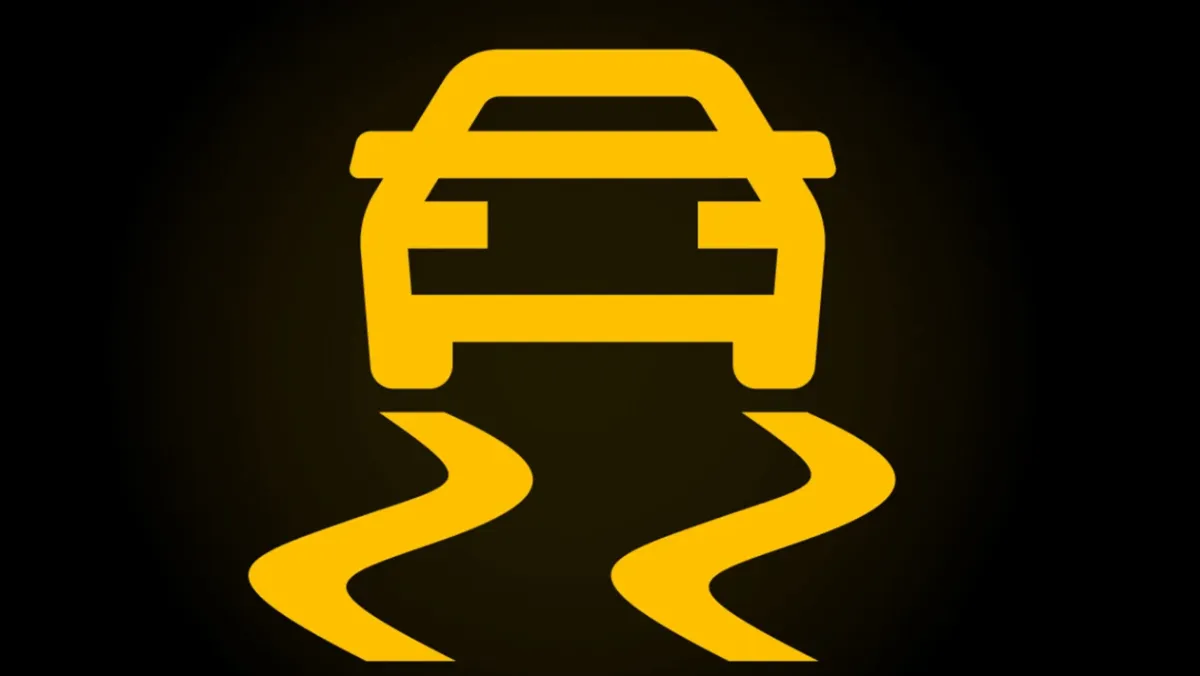
Traction Control / Stability Control Light
The traction control or stability control light usually flashes when the system is actively working, like during rain or slippery road conditions. But if it stays on, it means the system is disabled due to a malfunction or manual shutoff.
This can be caused by a dirty or faulty wheel speed sensor, damaged wiring, or a bad steering angle sensor. Without traction control, your car may skid or slide more easily.
What to do:
Clean all wheel sensors and check the fuse. If the problem remains, get a diagnostic scan to pinpoint the issue and restore safe handling.
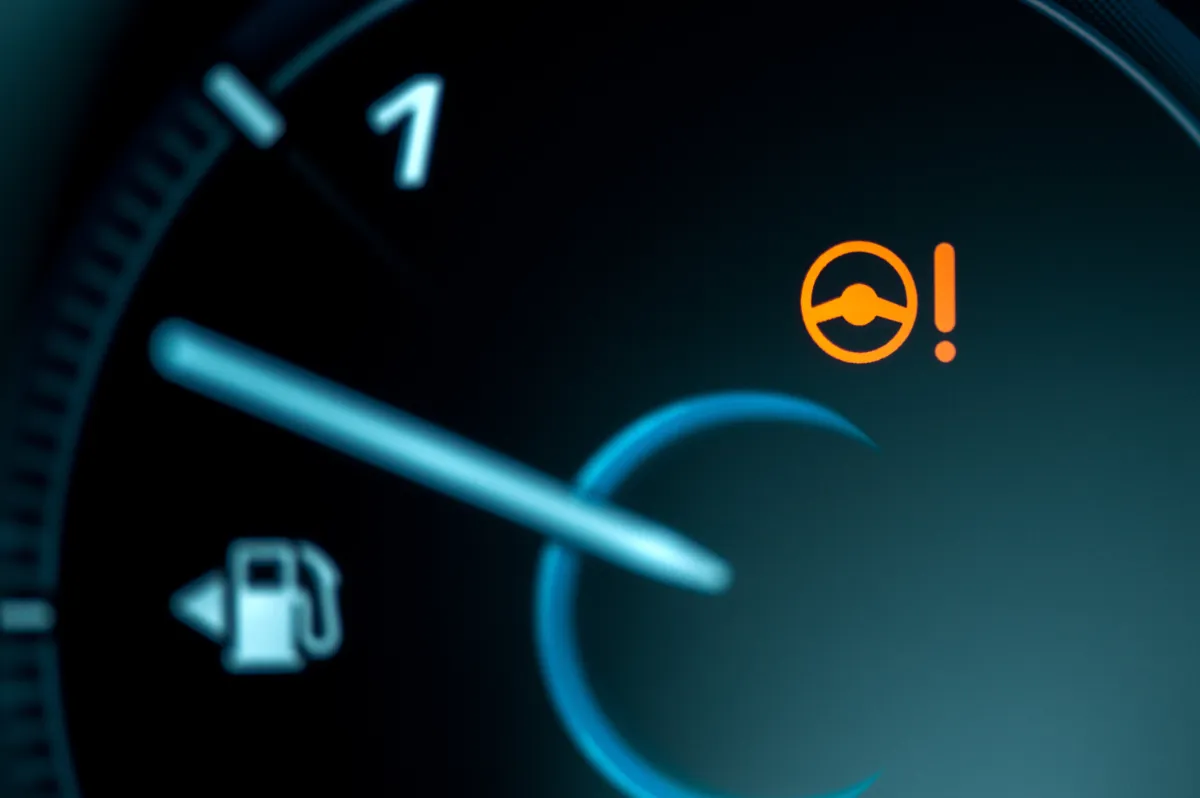
Power Steering Warning Light
The power steering warning light often appears as a steering wheel icon with an exclamation mark. It signals a problem with the steering assist system—either hydraulic or electric. If this light comes on, steering may feel heavy, especially at low speeds.
Common causes include low power steering fluid, a faulty electric motor, damaged belts, or sensor issues. Ignoring it could lead to steering failure or unsafe handling.
What to do:
Check the fluid level (if your car uses hydraulic assist). For electric systems, a scan tool is needed to identify faults. If unsure, have a technician inspect it right away.
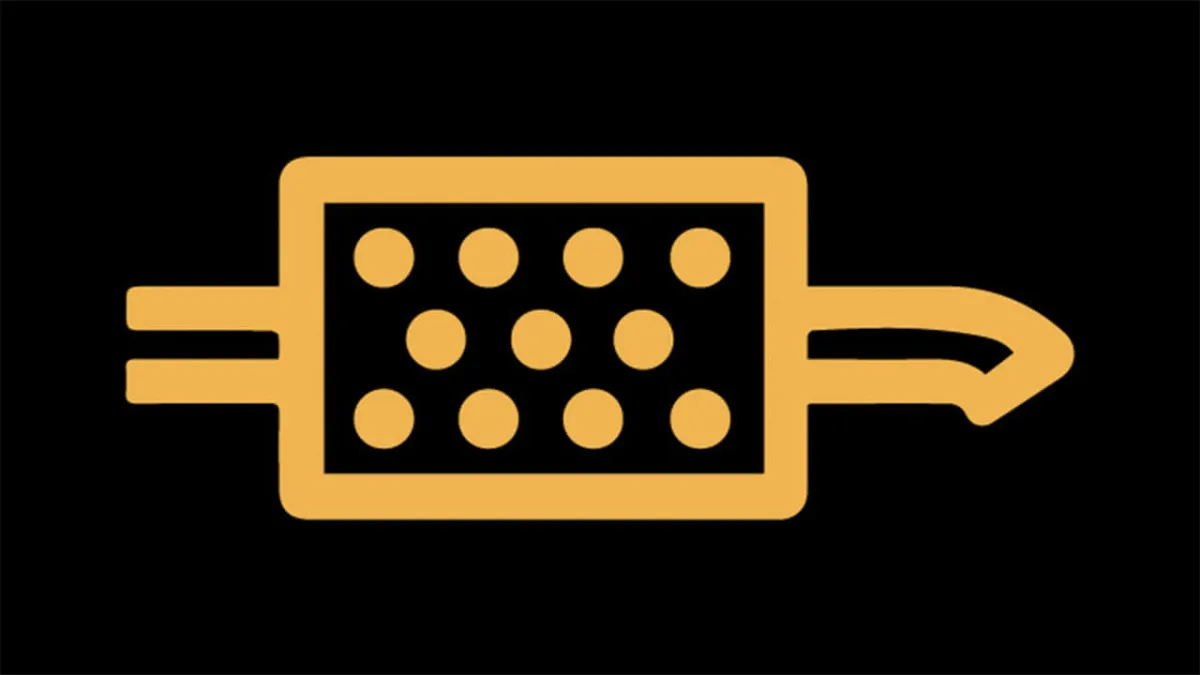
Diesel Particulate Filter (DPF) Light
The DPF warning light is specific to diesel vehicles and looks like a rectangle with dots or a puff of smoke. It means the diesel particulate filter is blocked, usually from soot buildup during frequent short trips or stop-and-go driving.
This reduces engine performance and increases fuel use. If ignored, it can lead to costly repairs or engine shutdown.
What to do:
Drive at higher speeds (e.g., highway) for 15–20 minutes to trigger passive regeneration. Use a DPF cleaner if needed. If the light stays on, visit a shop for forced regeneration or inspection.
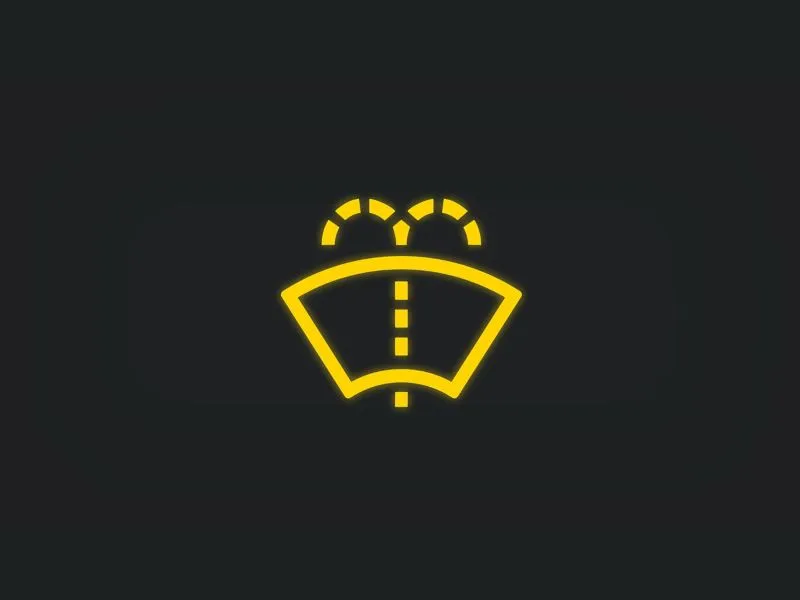
Low Washer Fluid / Door Ajar Light
These lights are simple but helpful. The washer fluid light often shows a wavy line or spray icon, while the door ajar light shows a car with open doors. Though not dangerous, these alerts can affect other systems like wipers, interior lights, or car dashboard symbols.
Common triggers include low fluid, loose door latches, or faulty sensors. Ignoring them may lead to waterless windscreen cleaning or battery drain from interior lights staying on.
What to do:
Top off washer fluid and check that all doors, hood, and trunk are closed securely. Replace faulty door or hood sensors if needed.

Seatbelt Indicator Light
The seatbelt indicator light usually shows a person sitting with a belt symbol. It turns on when the driver or a passenger isn’t properly buckled. If it stays on after buckling, the issue might be with the seatbelt sensor or latch.
Most modern cars also use a chime when the seatbelt isn’t fastened. This feature may seem minor, but it's critical for your safety and often linked to the airbag system.
What to do:
Make sure the seatbelt clicks fully into place. If the light stays on, inspect the buckle and wiring. A quick sensor test or replacement may be needed.
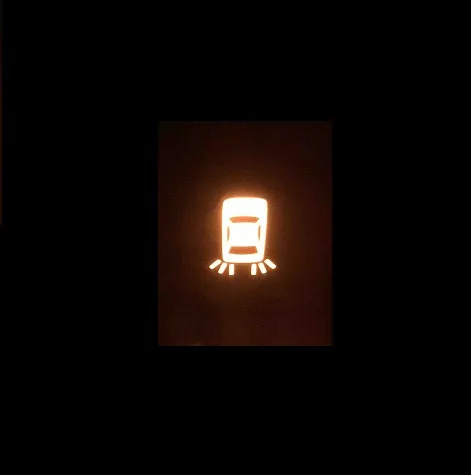
Headlight / Taillight / Fog Light Out Warning
This light usually appears as a bulb symbol or shows a message on the dash. It warns you when a headlight, taillight, or fog light is out. Driving without these can reduce visibility and get you pulled over, especially at night or during bad weather.
Burned-out bulbs, blown fuses, or wiring problems are the most common causes.
What to do:
Check each exterior light manually. Replace any burned-out bulbs. If the issue continues, inspect the fuses and light wiring. Consider upgrading to longer-lasting LED bulbs if compatible.
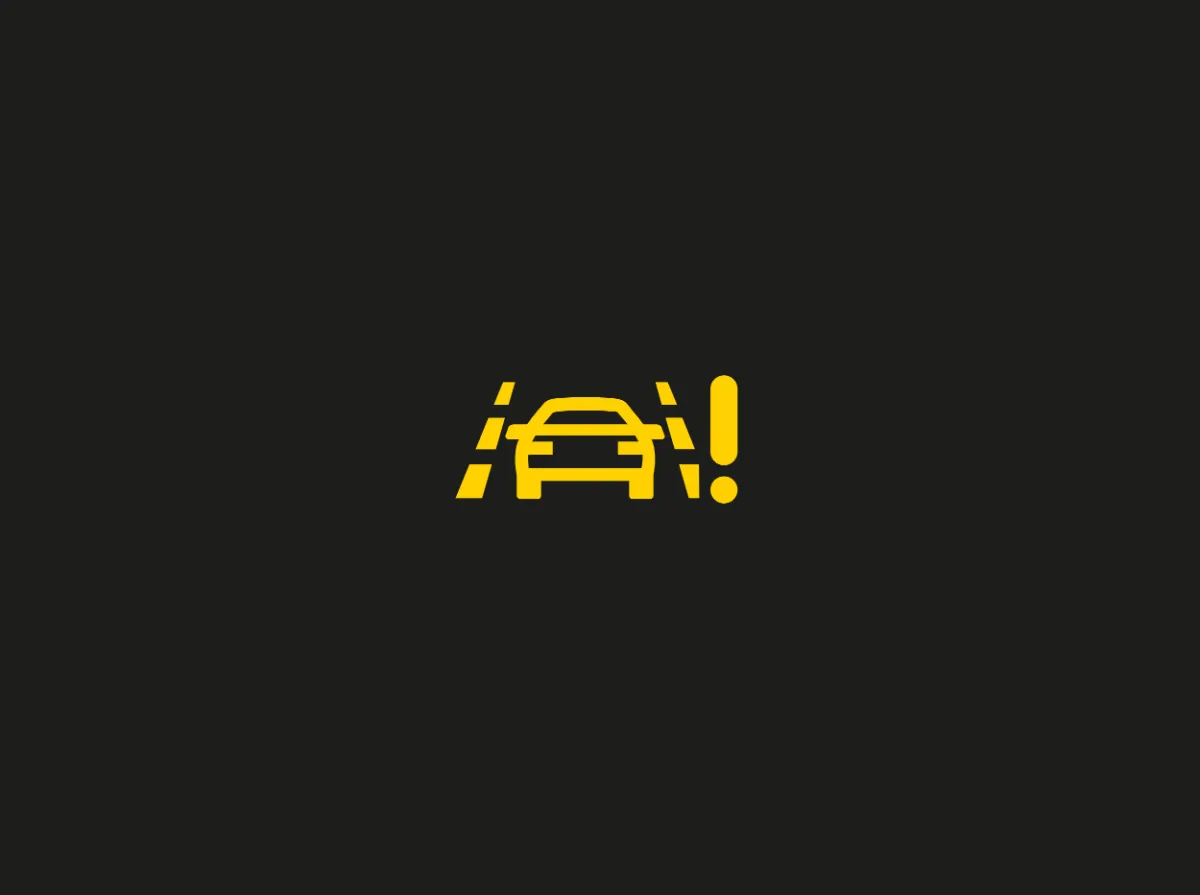
High Beam / Auto Beam / Lane Assist Indicator
These lights aren’t warnings—they’re status indicators. The high beam light shows when you manually switch on high beams. The auto beam or lane assist lights signal that driver-assist features are active.
However, if these lights blink or fail to turn on when expected, it may signal a camera or sensor issue related to your car’s safety systems.
What to do:
Check your settings to confirm features are enabled. Clean the windshield area near sensors. If the system still fails, a technician may need to recalibrate the cameras or sensors.
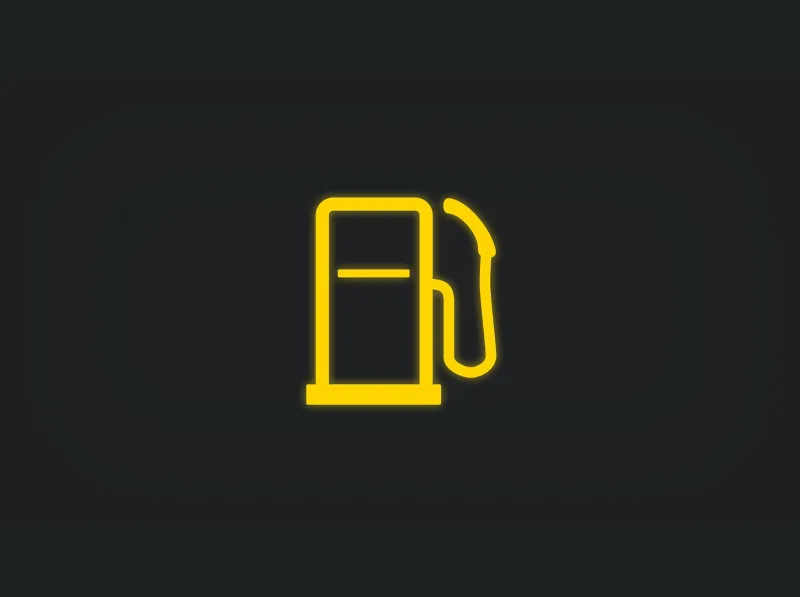
Low Fuel Warning Light
The low fuel warning light usually looks like a gas pump icon and turns on when your fuel level drops below a safe limit. While it may seem harmless, driving on low fuel can cause fuel pump damage, reduced engine performance, or even leave you stranded.
This light is triggered by a fuel level sensor and may turn on with around 10–15% fuel remaining.
What to do:
Refuel as soon as possible. Avoid making a habit of driving on low fuel—it can overheat the fuel pump and cause long-term damage, especially in older vehicles.
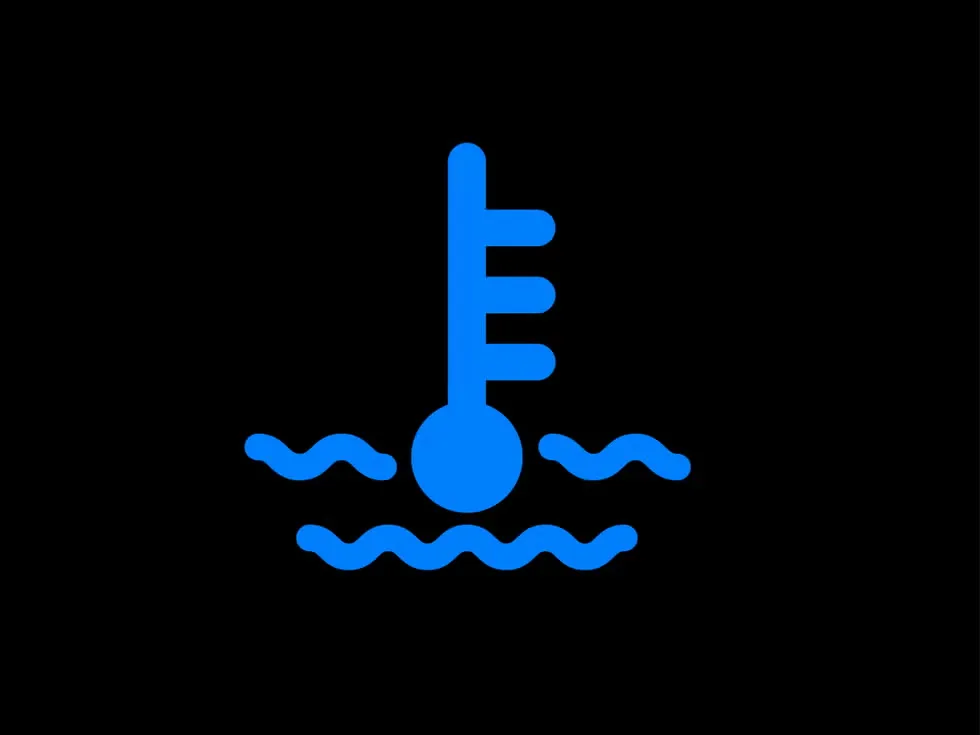
Freezing Temperature Warning Light
The freezing temperature warning light appears as a snowflake or thermometer and activates when outside temps drop near freezing (around 37°F or 3°C). It’s a safety alert, warning you that roads may be icy and traction could be reduced.
Though it’s not a fault, this light reminds you to drive cautiously in cold weather.
What to do:
Slow down, increase following distance, and use winter tires if available. Make sure traction control is active, and avoid sudden braking or sharp turns on icy roads.
</li>
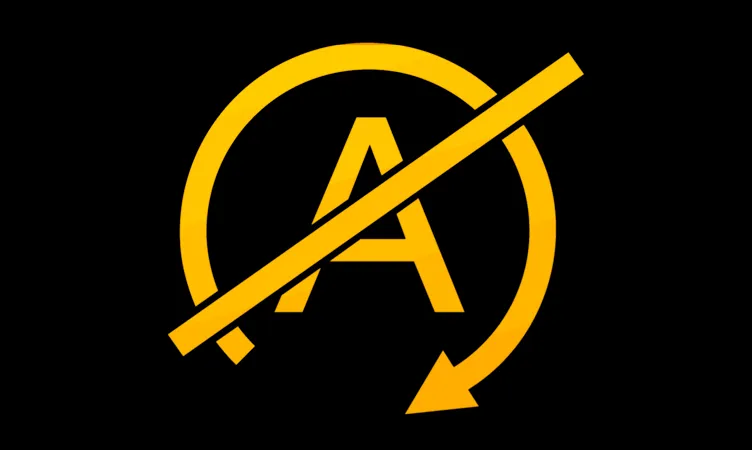
Automatic Stop-Start / Gear Lock Warning
This light may appear as an “A” with a circular arrow or a gear symbol with a lock. It indicates an issue with the automatic stop-start system or a transmission lockout. Your car may not shut off properly at stops or may struggle to shift out of park.
Possible causes include low battery voltage, sensor faults, or brake pedal switch failure.
What to do:
Turn the car off and restart it. Check battery condition. If the light returns, have the electrical system or gear selector checked by a technician. Avoid forcing the gear shifter.
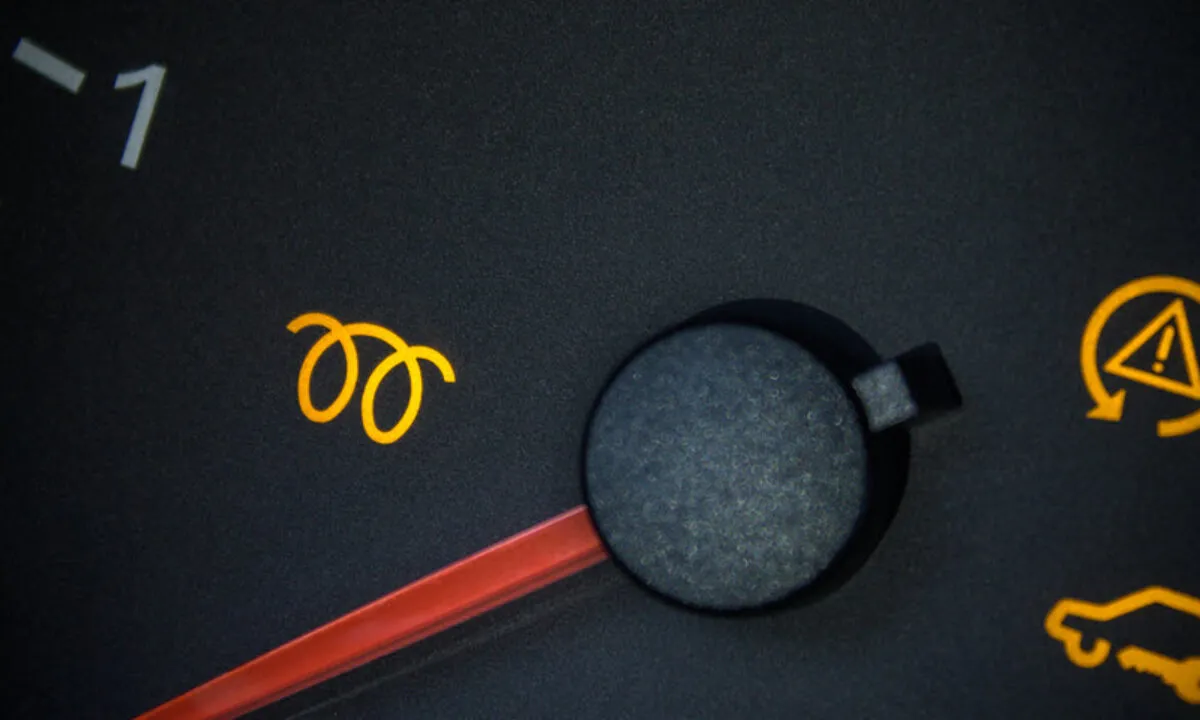
Diesel Glow Plug Indicator Light
The diesel glow plug light looks like a coil or spring and appears when you start a diesel engine. It means the glow plugs are warming up to help ignite fuel in cold conditions. If the light stays on or flashes while driving, it signals a fault in the pre-heating system.
Faulty glow plugs, a bad relay, or a temperature sensor issue are common triggers. Poor cold starts or rough idling may follow.
What to do:
Wait for the light to go off before starting. If it stays on, have the glow plugs, relay, or temperature sensor tested and replaced if needed.
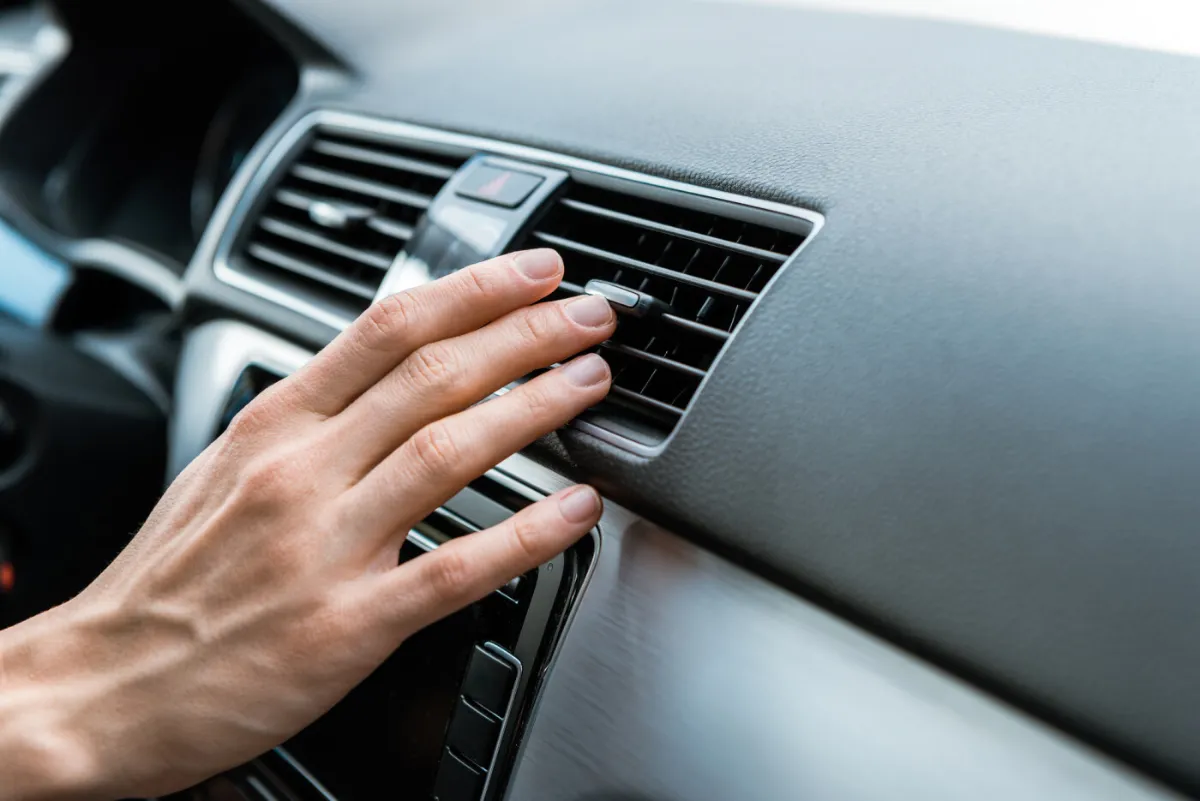
Air Conditioning Blowing Hot Air (Unrelated Light, but Frequent)
This isn’t a dashboard warning light, but it’s a common issue drivers report. If your AC starts blowing hot air, it’s often due to low refrigerant, a faulty compressor, or problems with the blend door actuator inside the dashboard.
You may also notice poor airflow or strange noises from the vents.
What to do:
Check refrigerant levels and inspect for leaks. Have the compressor and climate control system diagnosed. Regular AC servicing can prevent long-term failures.
What Should You Do When a Warning Light Turns On?
- Don’t panic
Not all car warning lights mean immediate danger. Some are just alerts, while others require urgent attention. Stay calm and focus on what the light is telling you. - Check your owner’s manual or this guide
Your vehicle’s manual will help identify the dashboard warning indicators. If you're unsure, refer back to this guide for clear explanations and next steps. - Decide: Keep driving or stop?
If the light is red or flashing (like oil pressure or engine temperature), pull over immediately. Yellow or orange lights often mean you can drive cautiously to a repair center. - Schedule a check-up
Don’t ignore the issue. Book a visit with a trusted service center like Biswas Automobiles to get a proper diagnosis and fix before things get worse.
Where to Fix Dashboard Warning Lights in Dhaka
When a dashboard warning light comes on, getting the right diagnosis and repair makes all the difference. That’s where Biswas Automobiles comes in. Trusted by thousands since 2015, we provide expert-level care with a customer-first approach.
We handle:
- Hybrid and electric car diagnostics
- Engine, brake, and electrical repairs
- 24/7 emergency support and towing service
- Advanced scan tools for accurate problem detection
- Experienced technicians, fair pricing, and genuine parts
Address: Ka-60, Soudi Mosjid Road, Nodda, Dhaka 1212
Phone:+8801742700300
Email:[email protected]
Ready to Fix That Dashboard Light?
Don’t ignore the signs—your car is talking to you. Let Biswas Automobiles inspect, diagnose, and fix it the right way.
Call now or visit our Dhaka service center for trusted automotive care.
`

